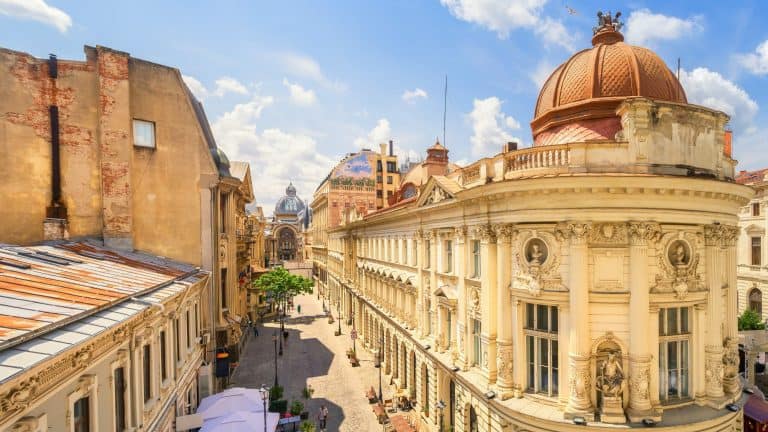Found By Accident contains affiliate links and is a member of the Amazon Services LLC Associates Program. If you make a purchase using one of the Amazon links (or other affiliate links), we may receive compensation at no extra cost to you. See our disclosure policy for more information.
14 Cities That Make Exploring Easy With World-Class Transit Networks
Have you ever stood in a city so alive it felt like the streets themselves were breathing? Where neon signs waged war with twilight, buskers turned subway stations into concert halls, and countless footsteps echoed stories of ambition, chaos, and rhythm? That’s the magic of cities with transit systems that don’t just move people; they move souls.
These aren’t places where you languish in traffic despair or clutch overpriced cab receipts like relics of a past life. Instead, metros and trams are the heartbeat of day-to-day existence, connecting landmarks, neighborhoods, and hidden locales with the precision of a master conductor.
From the iconic pulse of New York’s subway at 2 a.m. to the pristine, air-conditioned efficiency of Santiago’s metro, these systems don’t just get you from A to B; they transform the entire alphabet into an unforgettable experience. So get ready, because we’re exploring cities that make traveling feel like an art form.
Edinburgh, Scotland

The moment you touch down in Edinburgh, the city’s tram system wastes no time proving it’s more than just a way to get around. It’s your introduction to Scotland’s capital on a silver platter.
Gliding straight from the airport to the heart of the city, the trams promise a view so charming it feels almost staged. Soaring past rolling green hills (yes, they really exist here), sleek modern buildings, and historic stonework that whispers ghost stories to anyone who’ll listen, these trams turn a basic commute into a scenic joyride.
With their pristine interiors and easy accessibility, it’s less public transport and more mobile postcard. Add in the delightful accents of locals discussing the latest rugby match, and you’re guaranteed an authentic Scottish start (or at least a quick lesson in decoding dialects).
Sao Paulo, Brazil
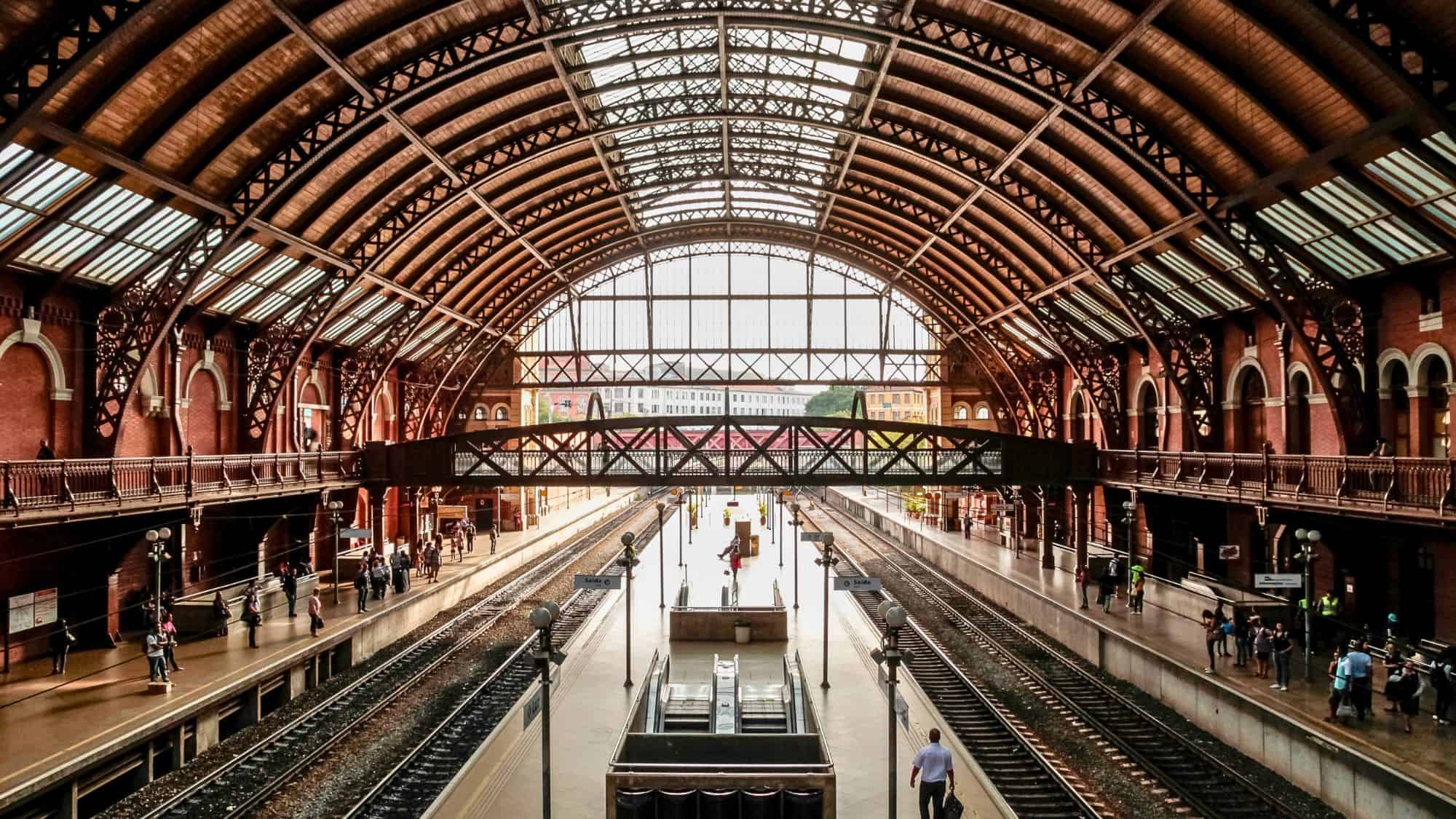
Forget the chaos of Sao Paulo’s infamous traffic jams, where time gets swallowed into an abyss of honking horns and questionable lane discipline. Instead, the metro here is where the real magic happens. This isn’t just transport; it’s an oasis of calm in a sprawling urban jungle.
With steel-blue train cars that gleam like they’re auditioning for a sci-fi movie, the metro zips you through the city’s labyrinth with enviable efficiency. Clean, modern, and coated in the unspoken promise of safety, stepping into a metro station feels like entering a parallel dimension where logic prevails over the city’s otherwise relentless tempo.
It’s fast, it’s effective, and even better, you may find yourself sharing space with a carnival of characters (students, business execs, and street performers), reminding you why Sao Paulo remains this vibrant, intense place.
Santiago, Chile
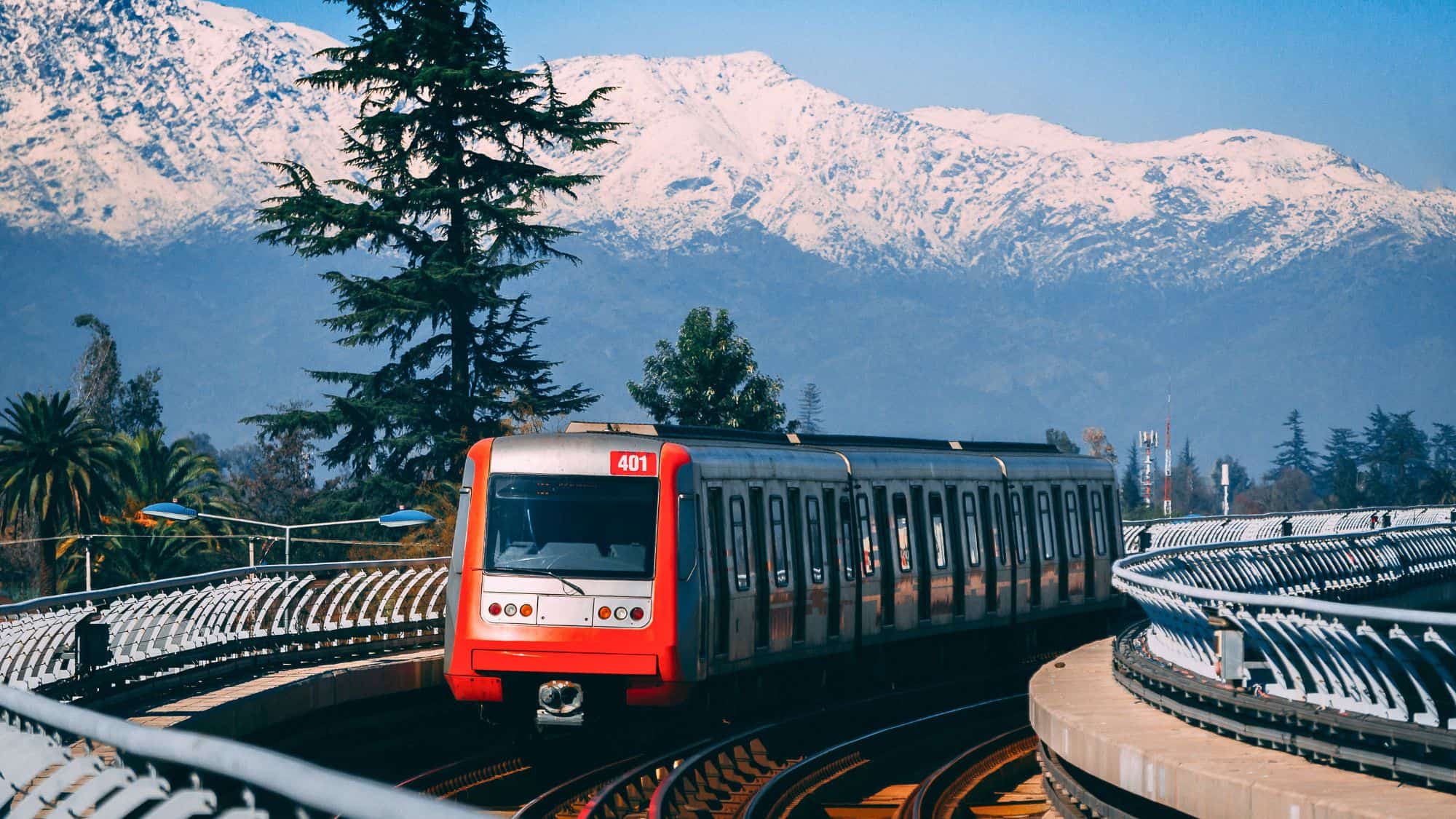
Santiago’s metro is less a mere transit system and more a temple to functionality and flair. First off, the trains are air-conditioned, because Santiago summers don’t mess around. Secondly, they whisk you from one end of the city to the other with clockwork precision.
But it doesn’t stop there. Stations double as underground art galleries, featuring murals and mosaics that wouldn’t look out of place in a contemporary museum. Need to explore further? Smooth connections to the city’s extensive bus network mean you’re never stranded.
While the rhythmic hum of the trains provides the soundtrack, it’s the small details (vendors selling empanadas or the scent of fresh-blooming jacaranda trees above ground) that round out the experience.
Amsterdam, Netherlands

Trams in Amsterdam are like moving windows that show you a picture-perfect dream. These sleek blue-and-white carriages glide past an urban maze of gabled houses, flower-draped bridges, and mirror-like canals, making you feel as if you’ve wandered into a Dutch masterpiece.
The polite ding of the tram bell punctuates the gentle hum of conversation as you ponder which museum to conquer: Van Gogh or Rijksmuseum? But the charm doesn’t end on the rails. Hop on one of the free ferries across the IJ River, where locals with bikes fill the deck.
It’s all so effortless. And yes, even the seagulls look cooler here as they swoop along the water. Amsterdam’s public transportation doesn’t just connect neighborhoods; it connects you to the city’s unmistakable energy.
Madrid, Spain

While the night in Madrid hums with the aroma of churros con chocolate and the clink of wine glasses, the metro pulses beneath the city like a secret lifeline. Affordable and punctual, this underground marvel carries you through Madrid’s sprawling elegance with enviable confidence.
Above ground, the streets are alive with tapas bars, blazing flamenco performances, and plazas that seem pulled from another century. And while locals set the cultural tempo, it’s the metro that ensures the rhythm of life never falters (no matter how late the party runs).
Brace yourself for architectural gems disguised as subway stations, each one an unexpected flourish of design, like the Art Deco-inspired Chamberi station, preserved in its 1920s glory.
New York City, New York

The New York subway isn’t just a transit system; it’s an urban jungle with zero filters. At 3 a.m., you’ll find street musicians passionately hammering out jazz solos, poets scribbling furiously in notebooks, and someone in a hotdog costume casually reading a paperback.
Yes, it’s gritty (and sometimes a sensory overload), but it’s also pure, unvarnished energy. Much like the city itself. And this 24/7 network of underground arteries connects you to everything from the glittering lights of Times Square to the cool whispers of Central Park shadows.
It’s an ecosystem of contrasts, where sleek Wall Street suits step off next to subway-carrying pizza slices the size of a small toddler. Better yet, it’s one of the most efficient ways to conquer Manhattan’s grid. Just don’t make eye contact during rush hour (you’ll thank me later).
London, England

If the Tube were a person, it would be that remarkably efficient, slightly irritable genius who’s always one step ahead of you. The London Underground is a masterclass in organized chaos, shuttling its countless riders across 11 lines like clockwork.
But here’s the kicker: your oyster card pass is not just your golden ticket for navigating the Tube’s labyrinthine map. It also unlocks London’s iconic red double-deckers and, get this, boats on the Thames.
Imagine swiping the same card to trade the subterranean rattle of the Victoria line for the fresh air and dazzling riverscapes of a Thames Clipper. But don’t get too comfortable; the Tube waits for no one. With platforms as hurried as a Harrods pre-Christmas sale, you’ll feel London’s pulsating energy even before hearing the inevitable “Mind the gap.”
Tokyo, Japan

Punctuality here isn’t just a suggestion; it’s practically a religion. Tokyo’s railways function with such impeccable precision that a train even one minute late warrants an apology announcement (yes, one minute).
Each station’s color-coded maps and directional signs help even the cartographically challenged glide through the 2,200+ miles of tracks like Tokyo-savvy pros. But the real charm? It’s all about the quiet hum of efficiency. No loud chatter, no chaos.
Add in bento boxes sold right on the platforms and the surreal sight of white-gloved station attendants gracefully nudging passengers into trains during rush hour, and you’ve got a commute that’s equal parts precision engineering and cultural theater. Chaos? Hardly. Tokyo’s trains might just turn you into a punctuality snob.
Stockholm, Sweden
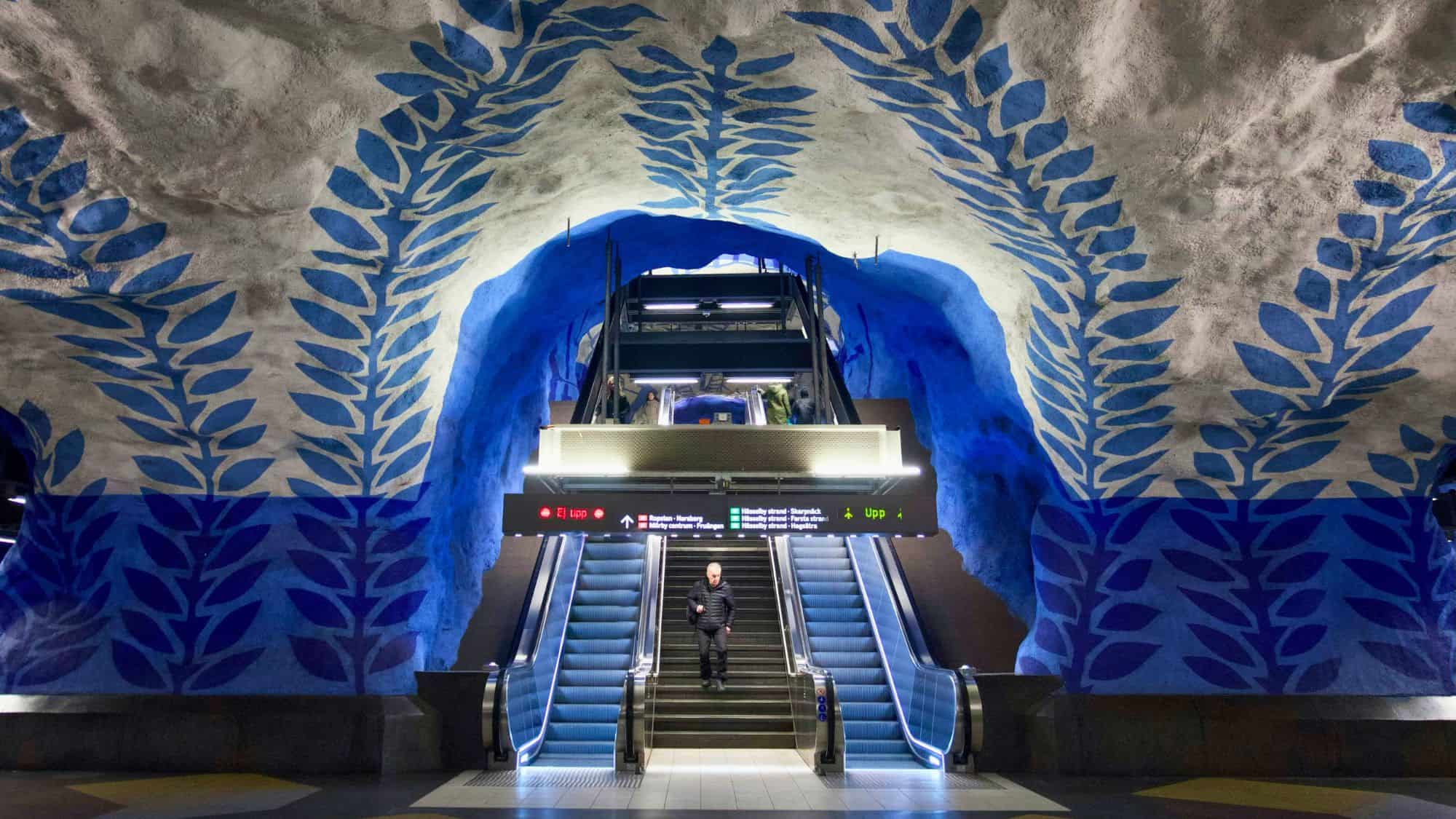
Stockholm’s metro is a living, breathing gallery, where every station gives you a reason to momentarily forget you’re on a subway. Dubbed the world’s longest art exhibition, its 68 miles of tunnels feature surreal landscapes, abstract sculptures, and enough vivid murals to rival an actual museum.
One minute you’re walking beneath stained glass on Stadion’s platform; the next, you’re surrounded by rugged cave-like walls painted in vibrant reds and blues at the Radhuset station. The air smells clean, the platforms are spotless, and you’ll find enough space to actually step back and appreciate the artistry (unlike, say, sharing a Tube platform at rush hour).
If you think Stockholm’s charm ends on the street level, its underground proves that beauty really does exist in the unexpected.
Paris, France

With 300 stations scattered across this iconic city, you’re never more than a brisk stroll away from a Paris Metro entrance, its art nouveau signs beckoning you underground. A boarding pass to history, these trains escort you beneath cobblestones that have seen everything from revolutions to rendezvous.
Unlike the sterile charm of some metro systems, Paris’ trains come with an orchestra of squeaks and rattles, their graffiti-splattered interiors unapologetically authentic. Pop above ground to find yourself within spitting distance of landmarks like the Eiffel Tower or the Latin Quarter.
Yes, it’s crowded, occasionally intense, and smells faintly of nicotine from bygone decades, but navigating the Metro is the Parisian experience distilled.
Seoul, South Korea
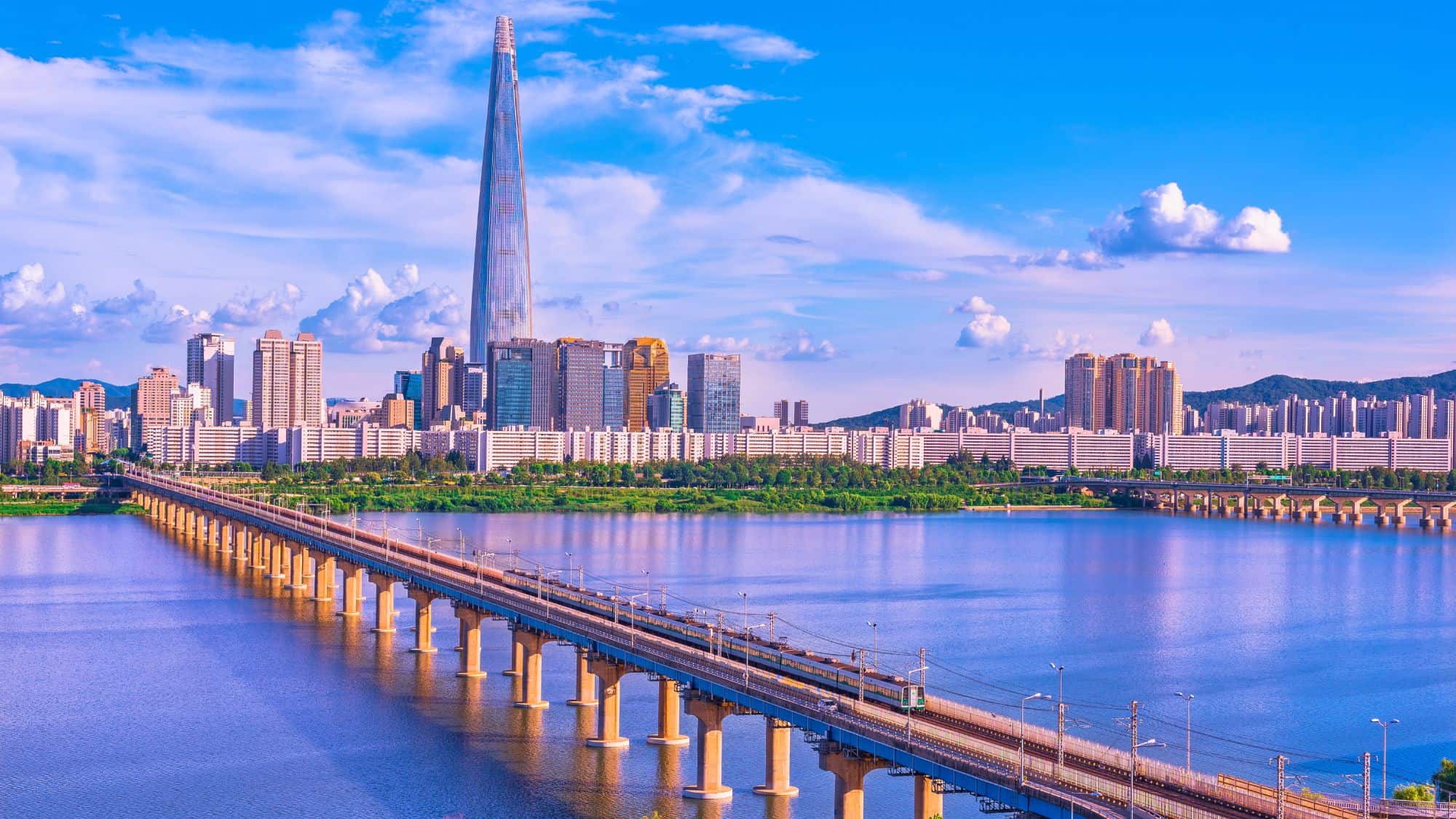
Looking for a subway system so well-engineered it feels like it’s reading your mind? Enter Seoul. Not only are the signs in English, but Wi-Fi flows more freely underground than it does in some people’s apartments.
The stations themselves? Mini convenience havens. Need a quick energy boost? Grab a snack or a cold drink without breaking your stride. It’s the little luxuries here (heated seats in winter, air-conditioned cars in summer) that make traveling feel less like a chore and more like a reprieve from the chaos above ground.
Not to mention, Seoul’s metro is vast, connecting every part of this electrifying metropolis from the neon-lit streets of Hongdae to the regal palaces in Jongno. Want efficiency? Seoul has it in spades, wrapped up with a shiny bow of modern tech and unrivaled convenience.
Taipei, Taiwan

Step onto Taipei’s MRT and prepare to question every public transit system you’ve encountered thus far. First impressions? It’s spotless enough to make your living room jealous. The air-conditioning feels like a nice reprieve on a humid summer day, and tickets are almost insultingly cheap.
Instead of paper stubs, you get sleek, collectible tokens or the cool ease of contactless cards (fumbling for cash is so last century). And the stations are impeccably organized, with food courts so tantalizing you’ll start seeing your commute as an excuse to snack.
Cruising past the iconic Taipei 101 or toward the serene hot springs of Beitou, you’ll learn this isn’t just transit; it’s a lesson in how urban life was meant to flow.
Zurich, Switzerland

Only Zurich could make public transit feel like an elegant symphony. One ticket is your golden pass to trams gliding through charming cobblestone streets, buses zigzagging efficiently, trains piercing the Alpine horizon, and yes, even boats skimming across the shimmering waters of Lake Zurich.
Trams arrive with the precision of a Swiss watch (naturally), while the lake ferries feel like a vacation before the vacation. Order up a steaming coffee on deck, breathe in the crisp Alpine air, and take a mental note that other cities should be ashamed.
Zurich’s transport isn’t just about movement; it’s a cultural experience, threading you seamlessly through the city’s art galleries, gourmet chocolate shops, and high-end boutiques.
Prague, Czech Republic

Forget Uber. The best way to soak up Prague’s magic is on a tram that looks like it’s straight out of a time capsule. With tickets that cost less than your morning latte, this system is all about affordability without sacrificing charm.
Trams gently rattle through cobblestone streets, past fairy-tale castle spires, and into modern neighborhoods (you’ll even feel like you’ve time-traveled without needing a DeLorean). The nighttime trams, still sporting their vintage allure, keep the city alive after dark.
And here’s a fun twist: your ticket also works for the metro, buses, and even ferries, connecting iconic landmarks like Charles Bridge to hidden corners packed with old-world charm. Prague’s public transport isn’t just convenient; it’s an invitation to experience a city that wears its history on its sleeve with unapologetic pride.
Like Our Content? Follow Us On MSN (or click the Follow Button above) to see more from Traveling In Focus.




